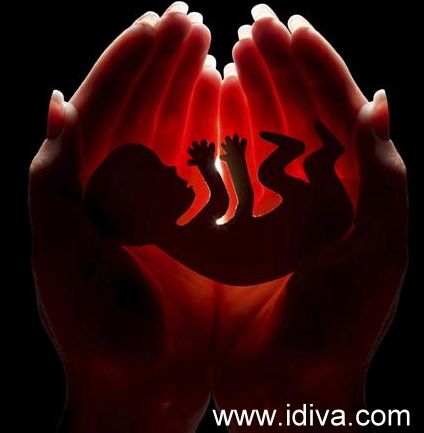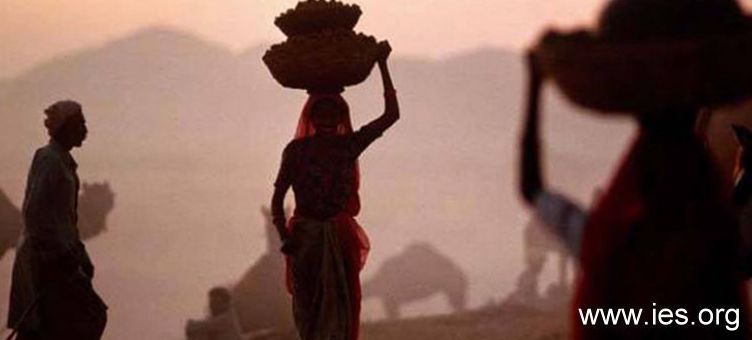INDIA'S MISSING WOMEN

by
RIAZ HASSAN
__________________________________________________
Riaz
Hassan is Emeritus Professor at Flinders University, Adelaide,
Australia, and Global Professor of Social Research and Public
Policy at New York University Abu Dhabi. He is the author of Life
as a Weapon: The Global Rise of Suicide Bombings (Routledge).
Gender
bias in mortality has resulted in fewer women in India and other
parts of the developing world. This problem did not attract much
attention until Nobel Laureate Amartya Sen used sex ratios to
assess the cumulative effects of gender bias in mortality, estimating
the additional number of females of all ages who would have been
alive if there had been equal treatment of the sexes – close
to 100 million  in
South Korea, India, China and other nations. Sen referred to those
women as “missing” because they had died as result
of discrimination in the allocation of survival related goods.
in
South Korea, India, China and other nations. Sen referred to those
women as “missing” because they had died as result
of discrimination in the allocation of survival related goods.
This
is not a minor social and cultural issue, but one of the major
catastrophes of modern times. For example, the number of “missing
women” in early 1990s is larger than the combined deaths
from all famines in the 20th century, also exceeding the combined
death toll of the two world wars. Potential consequences of such
imbalances, research suggests, include large numbers of frustrated
men who cannot find partners, possible violence as well as a growing
sex industry and sexual trafficking.
Boys
outnumber girls at birth everywhere in the world. For every 100
females born, there are 106 males. After birth, nature tends to
favour women. Women, in general, tend to live longer than men
if they receive the same health care and nutritional allocations.
This biological advantage for higher frequency of male births
over females is linked to human evolution. But social and economic
inequities and cultural patterns have a deleterious effect on
gender equality. Expressions of these inequalities are not uniform
in general – for example, in India, Pakistan and China such
expressions tend to disadvantage women in obtaining equal access
as men to survival-related goods such as nutrition, economic opportunities,
health care and medical attention. This relative neglect of women
has led to higher rates of morbidity and mortality resulting in
a lower proportion of women in many parts of the world than would
not have been the case if they had received equal care.
India
accounts for 40 million of the missing women. Only China with
41 million has larger number of missing women. The good news is
that public health and welfare policies in India have reduced
the female disadvantage in mortality in recent years, reflected
in improved sex ratios between 1991 and 2011. During this period,
the sex ratio, or the number of females per 1000 males, increased
from 927 to 940. Counterbalancing this improvement is a significant
decline in the sex ratio of children under the age of 6 years,
from 945 to 914 during the same period. In other words, the marginal
1.4 percent improvement in sex ratio during this period was offset
by 3.3 percent decline in child sex ratio.
The net
result of these two trends is that improvement in the sex ratio
has not produced gender balance in India. The reason for this
is the radical medical advances in the past two decades that created
a new female disadvantage through sex-specific abortions aimed
at the female fetus, which has counterbalanced reduction in female
mortality. Modern techniques to determine a fetus’ sex have
made sex-selective abortions possible and easy, and these are
widely used in countries with cultural norms of male preference.
As a consequence, sex ratios have become more imbalanced, increasing
the magnitude of missing women.
A recent
study on the subject in the British medical journal Lancet by
team of Indian medical scientists led by Prabhat Jha offers significant
evidence on the practice of selective female abortions in India.
The researchers reviewed data gathered from three rounds of nationally
representative National Family Health Surveys carried out between
1990 and 2005 and examined sex ratios by birth order in 0.25 million
births to estimate the scale of selective abortions of girls.
The study compared sex ratios of second-order births after firstborn
girls with the second-order sex ratios after firstborn boys –
and the influence of a mother’s wealth and education. The
findings revealed a statistically significant fall in sex ratio
for second-order births when the first-born was a girl from 906
per 1000 boys in 1990 to 836 in 2005.
The practice
of female-fetus abortions is much more prevalent among mothers
with 10 or more years of schooling than mothers with no education
as well as in wealthier households compared with poorer households.
After adjusting for excess mortality rates in girls, the number
of selective abortions of girls rose from zero to 2 million in
1980 to 1.2 million to 4.1 million in 1990s, and 3.1 million to
6 million in this century. A 1 percent decline in child sex ratio
from birth to 6 years of age implied 1.2 million to 3.6 million
more selective abortions of girls. The study estimated that selective
abortions of girls totaled about 4.2 million to12.1 million from
1980 to 2010, with a greater rate of increase in the 1990s than
in the 2000s.
India’s
sex ratio statistics mask the large variations among individual
Indian states. Some states have significantly lower sex ratios
compared with the national norm. Using the sex ratio for India
as a benchmark splits the country into remarkably almost contiguous
halves. The states in the north and the west have sex ratios significantly
below the national benchmark figure led by Madhya Pradesh, Rajasthan,
Maharashtra, Gujrat, Bihar, Uttar Pradesh, Haryana and Punjab.
Evidence shows that between 2001 and 2011 the child sex ratios
in the predominantly Hindu and with relatively higher economic-growth
rate northwestern districts of India declined significantly due
to increasing selective-female abortions. The states in the other
half with sex ratios above the benchmark are concentrated in the
south and the east with Kerala, Tamil Nadu, Andhra Pradesh, Odisha
and West Bengal leading the pack.
Some
of the differences may be due to cultural factors that coincide
with the rise in support for Hindu religion parties in the northern
and western states. In 1999 and 2014 elections, the Bharatiya
Janata Party won more than 75 percent of its parliamentary seats
from these states. Both developments – the rise of Hindu
religion parties and the practice of selective abortions of female
fetuses – are relatively new phenomena, and deeper understanding
requires further research.
A growing
body of empirical evidence shows that sex-selective abortion has
risen sharply in the last two decades among more affluent and
educated families, making this a national crisis. The scale of
the problem of selective-female abortions requires urgent public
policies and interventions to stop the practice of premeditated
selective gender-related abortions. The practice exists because
of entrenched discrimination against women in private and public
domains of Indian society. The use of medical technologies to
decide whether to abort a female foetus is illegal in India, but
poor monitoring and implementation of relevant laws have not improved
the situation. India, in particular, must improve status for women,
ensuring equal social and economic rights. Societies must raise
public awareness, educating parents and societies on the consequences.
Stringent monitoring and enforcement, targeting clinics and health
providers, are required to stop the practice.